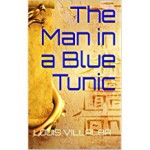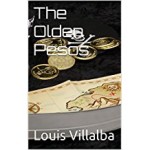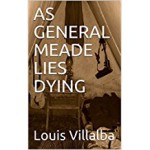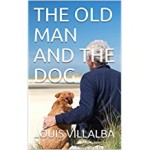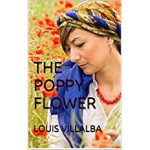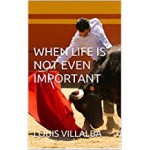
The horse thundered past and on, for an instant in furious silhouette against the stars, the tranquil early summer night sky which, even before the shape of the horse and rider vanished, stained abruptly and violently upward: a long, swirling roar incredible and soundless, blotting the stars, and he springing up and into the road again, running again, knowing it was too late yet still running even after he heard the shot and, an instant later, two shots, pausing now without knowing he had ceased to run, crying “Pap! Pap!”, running again before he knew he had begun to run, stumbling, tripping over something and scrabbling up again without ceasing to run, looking backward over his shoulder at the glare as he got up, running on among the invisible trees, panting, sobbing, “Father! Father!”
From “Barn Burning,” by Faulkner, William.
Faulkner describes action and motion like no other writer. He has the gift to infuse into scenes overwhelming emotions that overtake the characters and the readers, “He springing up and into the road again, running again, knowing it was too late yet still running even after he heard the shot and, an instant later, two shots, pausing now without knowing he had ceased to run, crying “Pap! Pap!” Very few authors have mastered his skillful use of paragraphs’ length and rhythm.











